Exploring Textile Legacies
Delve into the rich tapestry of clothing evolution and cultural attire across different eras. Our mission is to document and share the significance of traditional costumes and textile arts in shaping societies.
Unveiling the Layers of Culture and History in Attire
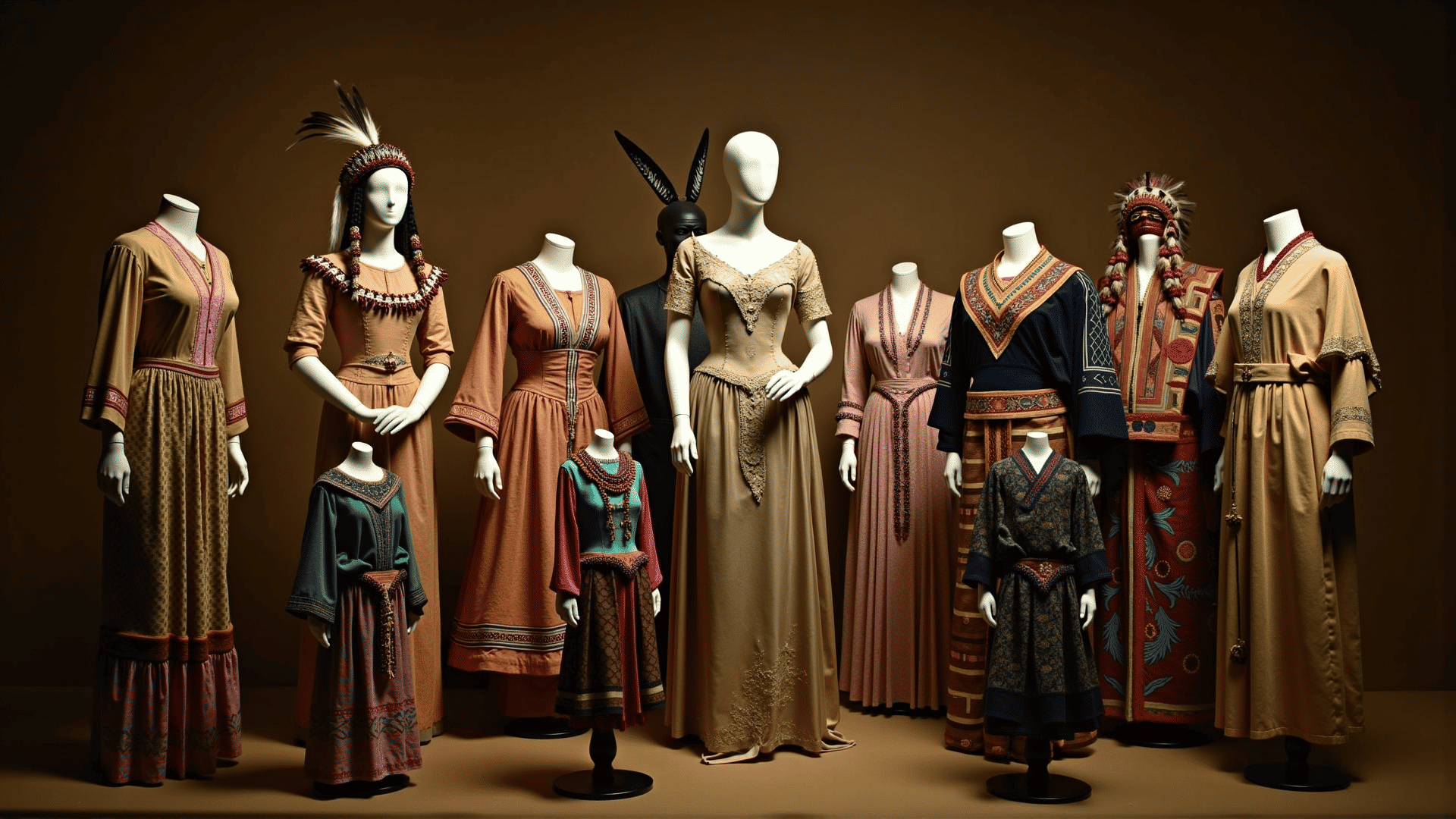
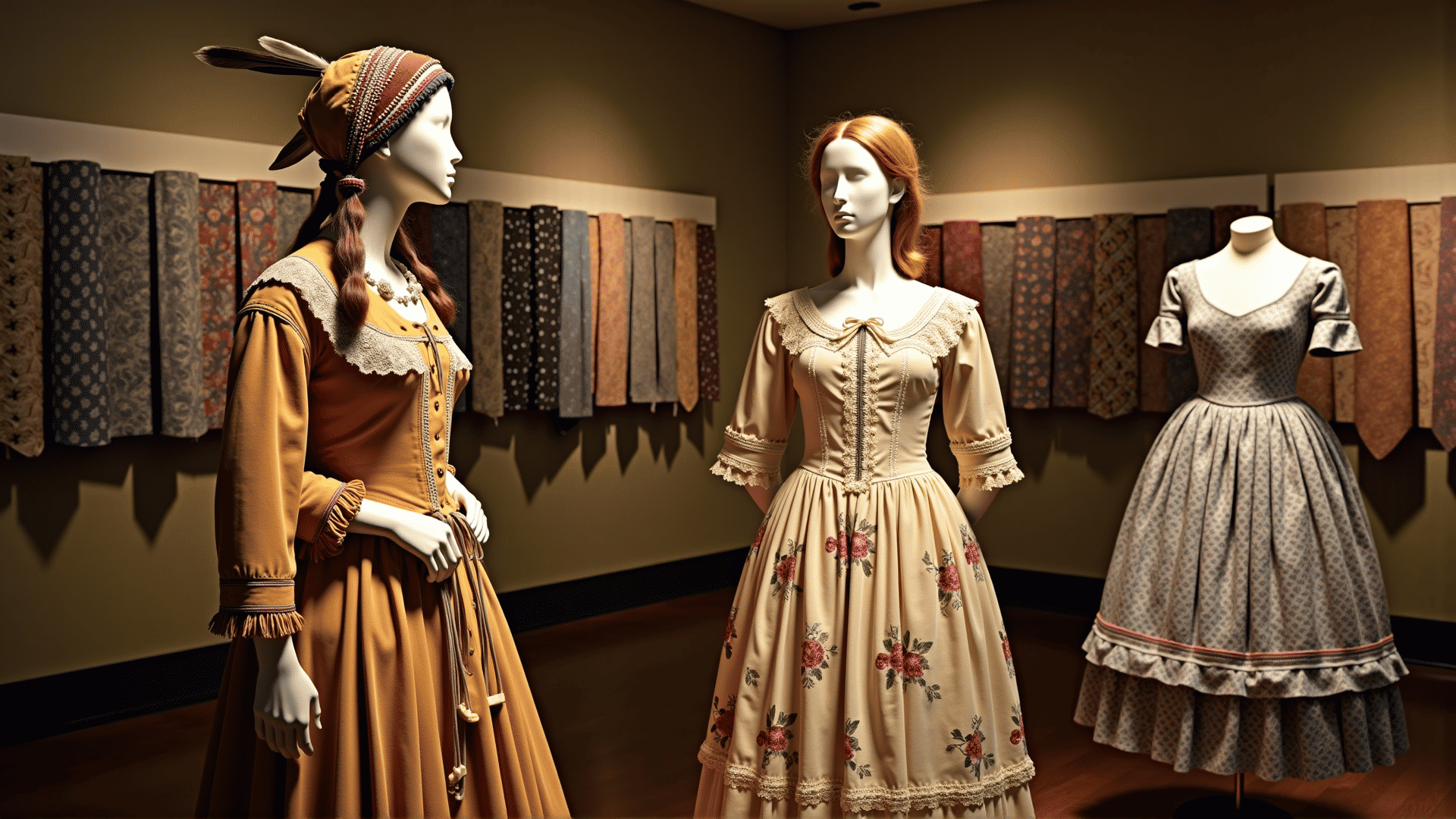
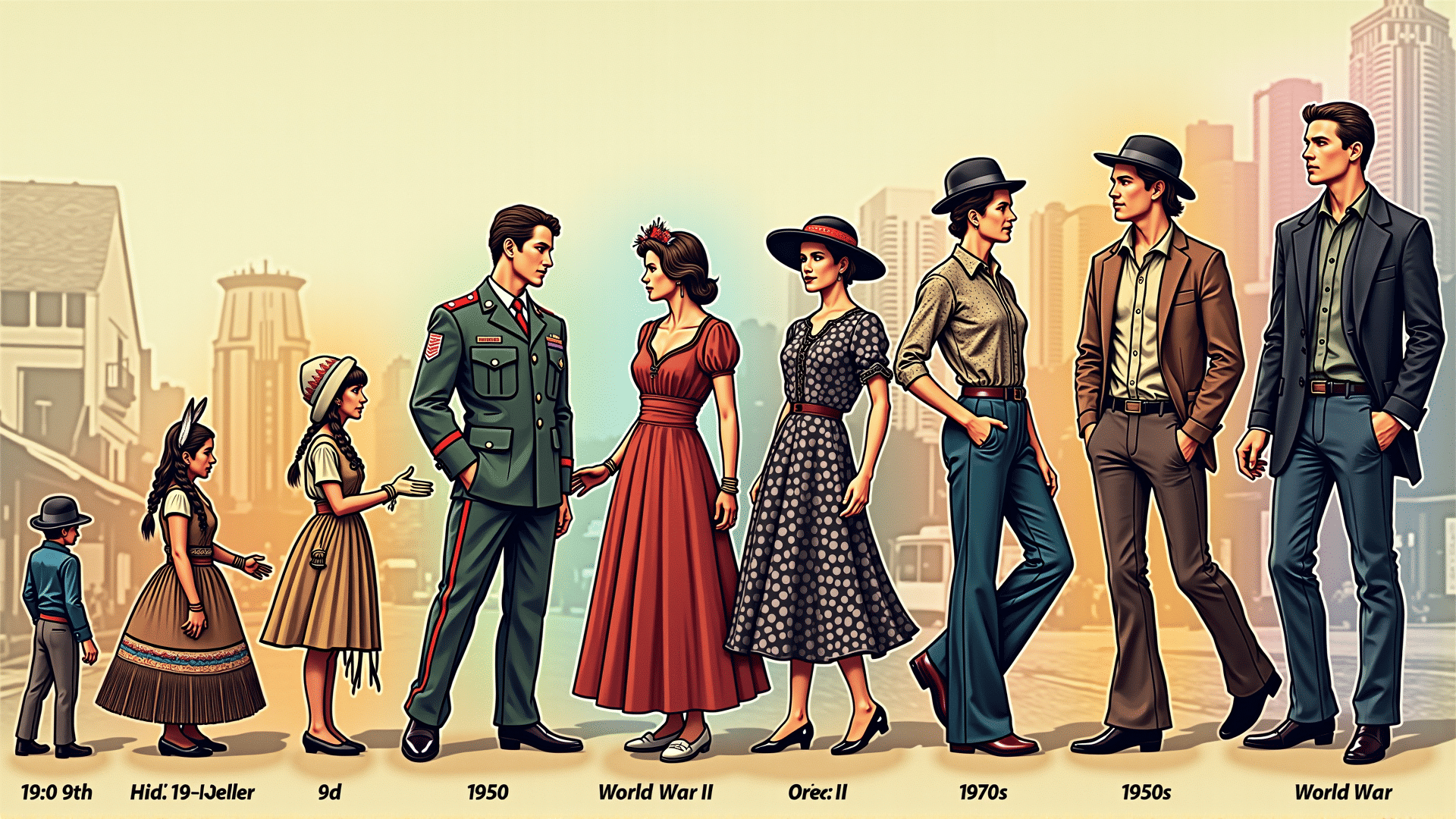
Delve into the rich tapestry of clothing evolution and cultural attire across different eras. Our mission is to document and share the significance of traditional costumes and textile arts in shaping societies.
Trace the transformation from ancient garments to modern apparel.
Explore clothing that defines cultural heritage worldwide.
Discover the artistry and techniques of global textile arts.
Dive into historical garments that tell stories of yesteryears.
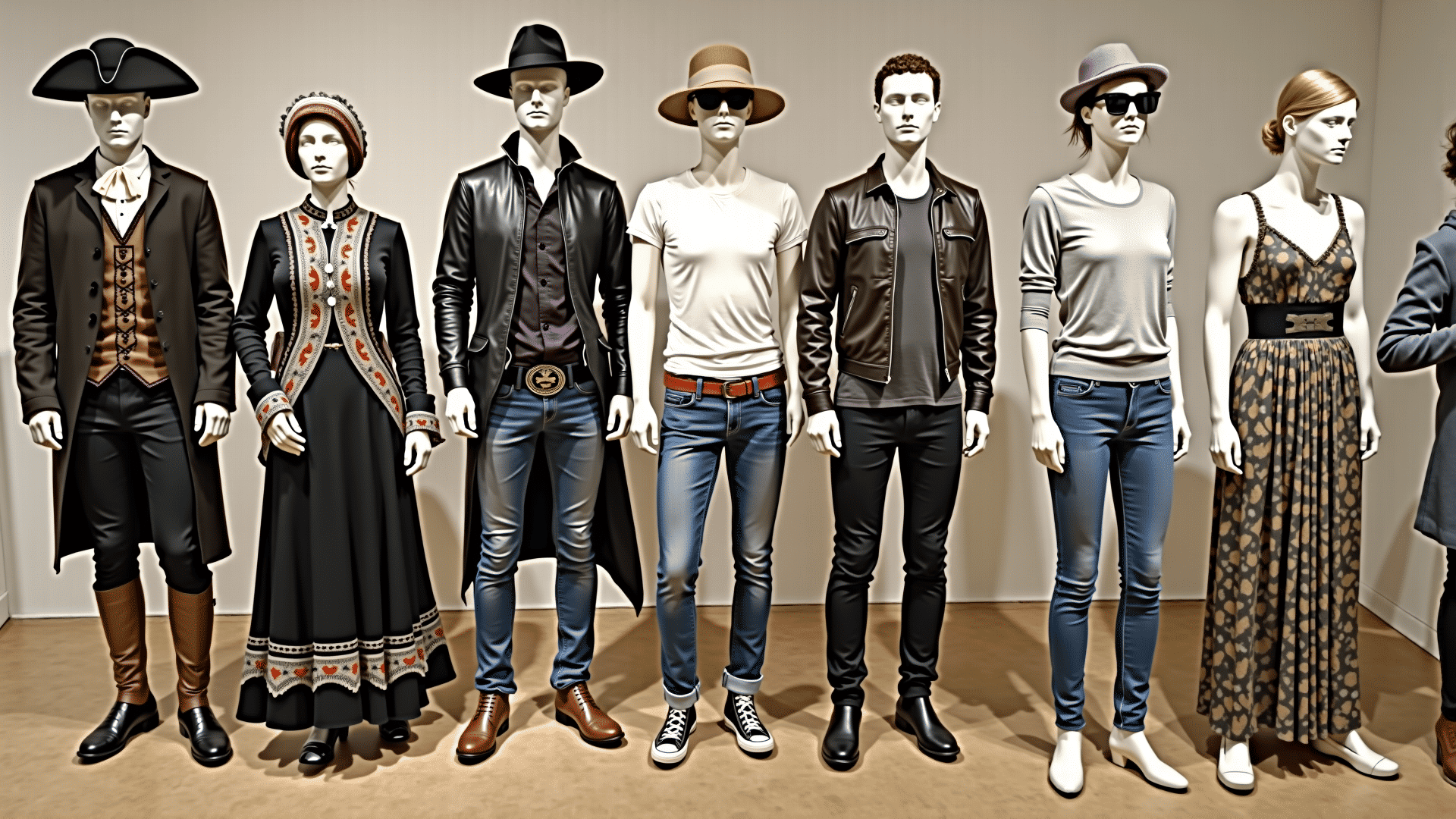
Delve into the rich tapestry of fashion history in the USA. Discover cultural attire and traditional costumes that tell stories of identity and evolution.

Explore the intricate designs and symbolism found in traditional Native American clothing. Dive into materials and craftsmanship.

Revisit the Colonial era through garments that reveal the lifestyle and social customs of early America. Study the fabrics and sewing techniques used.

Celebrate African American heritage through textile arts. Explore quilting, weaving, and dressmaking that reflect cultural narratives and resilience.

Uncover the fashion changes during the American Revolution, highlighting the shift from British influences to developing a distinct American style.
The vibrant and intricate designs of native tribes set the foundation for diverse fashion narratives across America.
Waves of immigrants brought unique textiles and styles, enriching the American fashion story.
Advancements in textile production played a key role in shaping the fabrics and styles of each era.
“Exploring the rich narrative of cultural attire has deepened my understanding of history and identity.”
Emily Turner
Cultural Historian
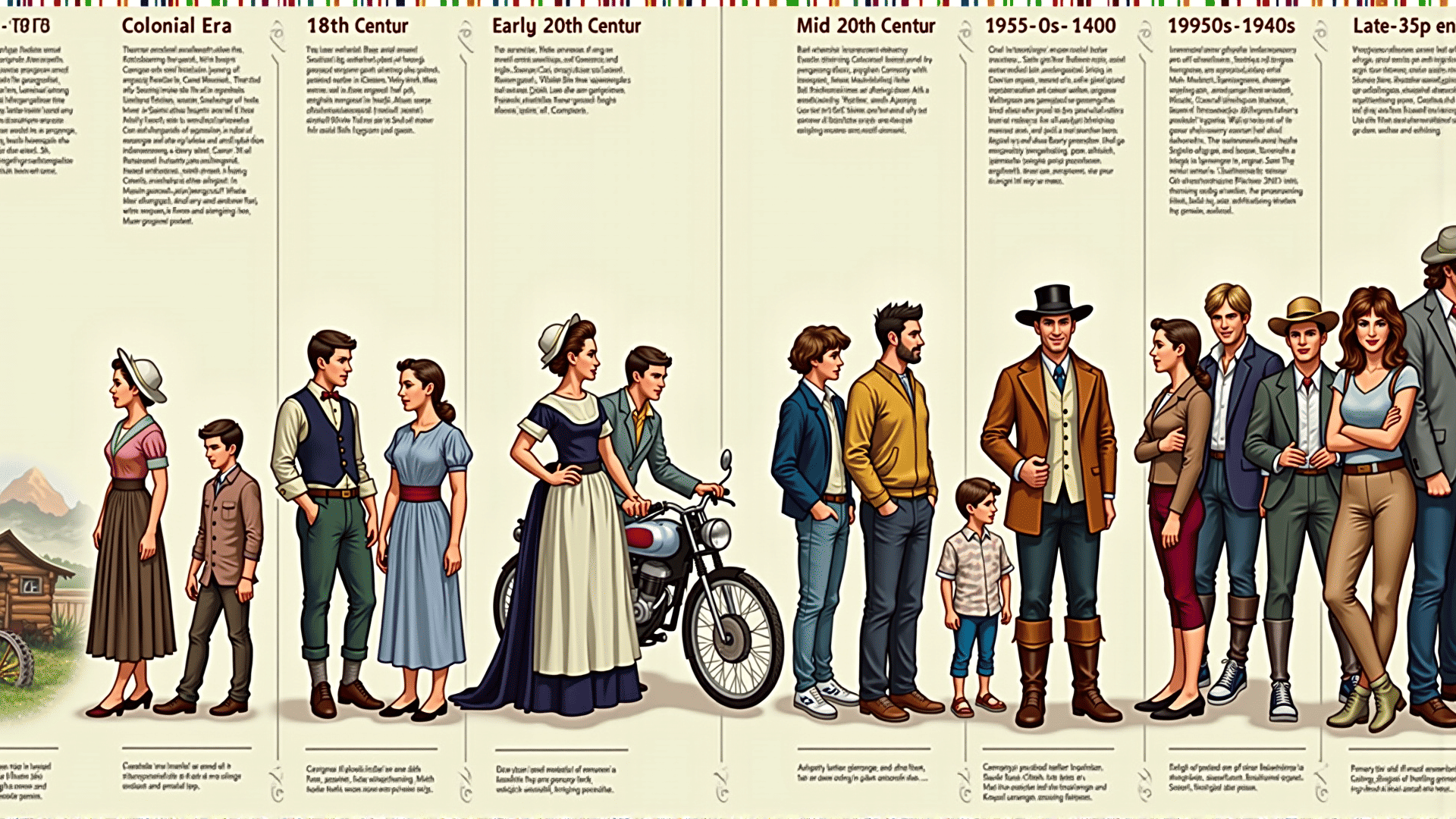
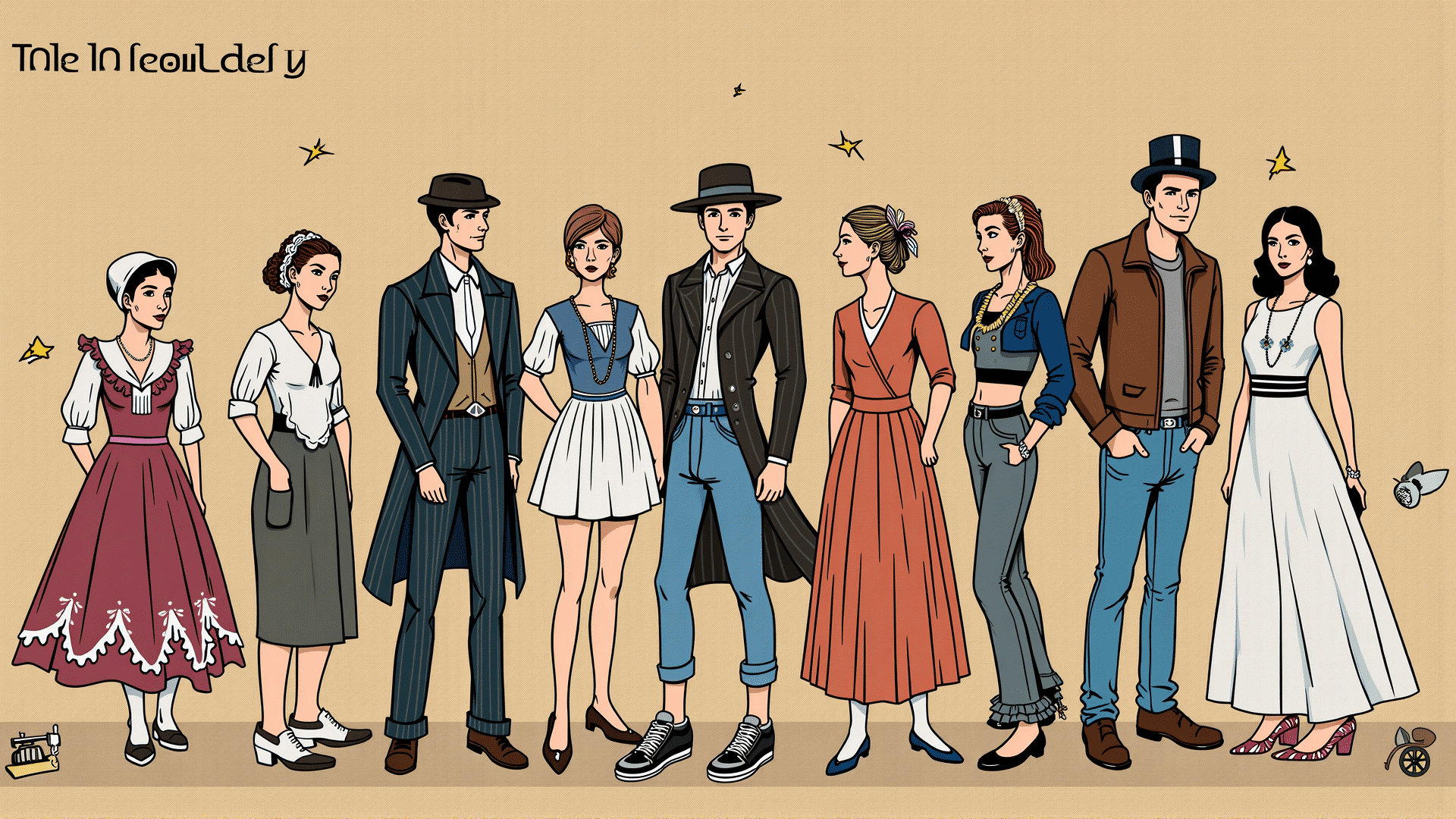
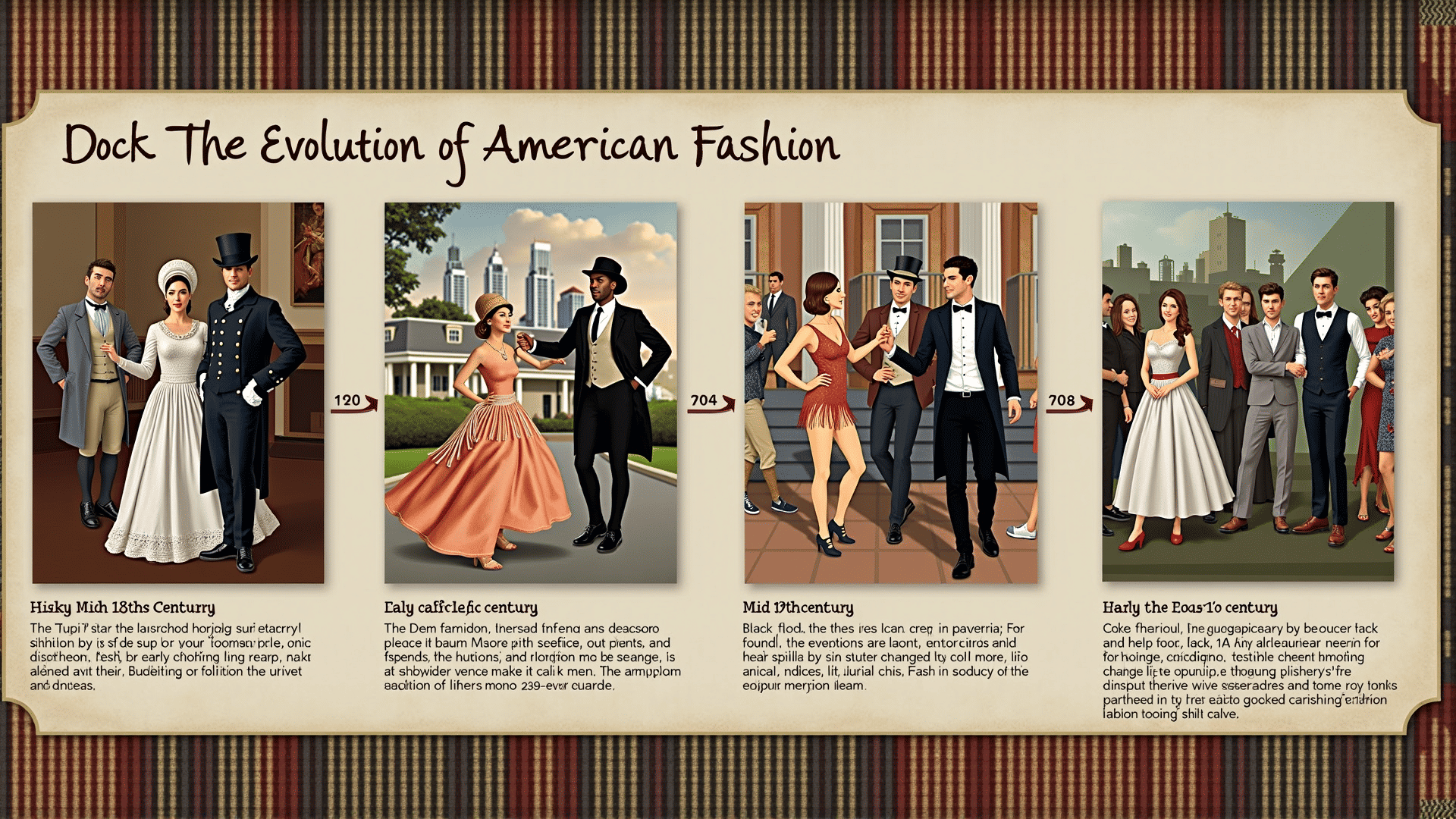
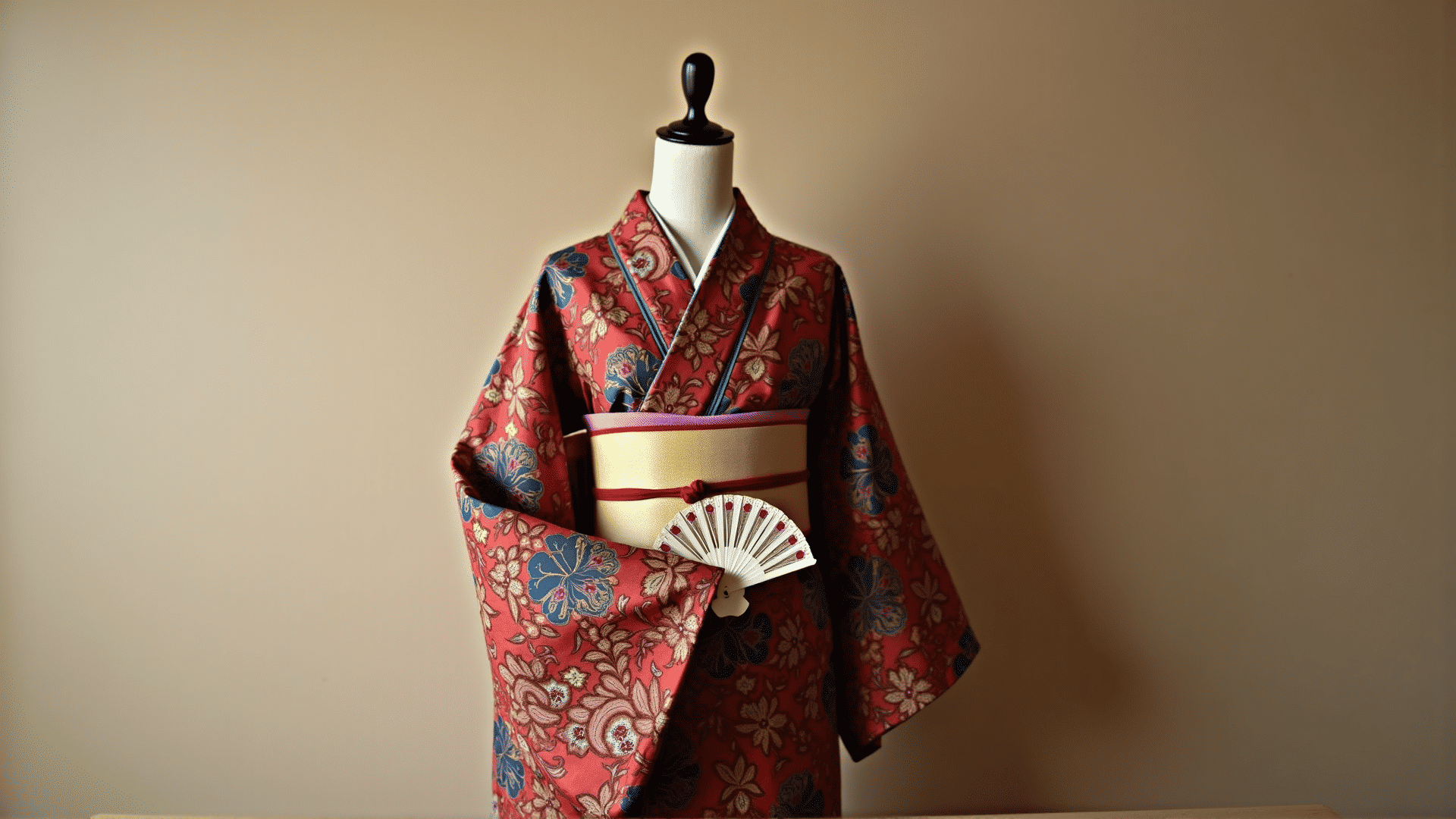
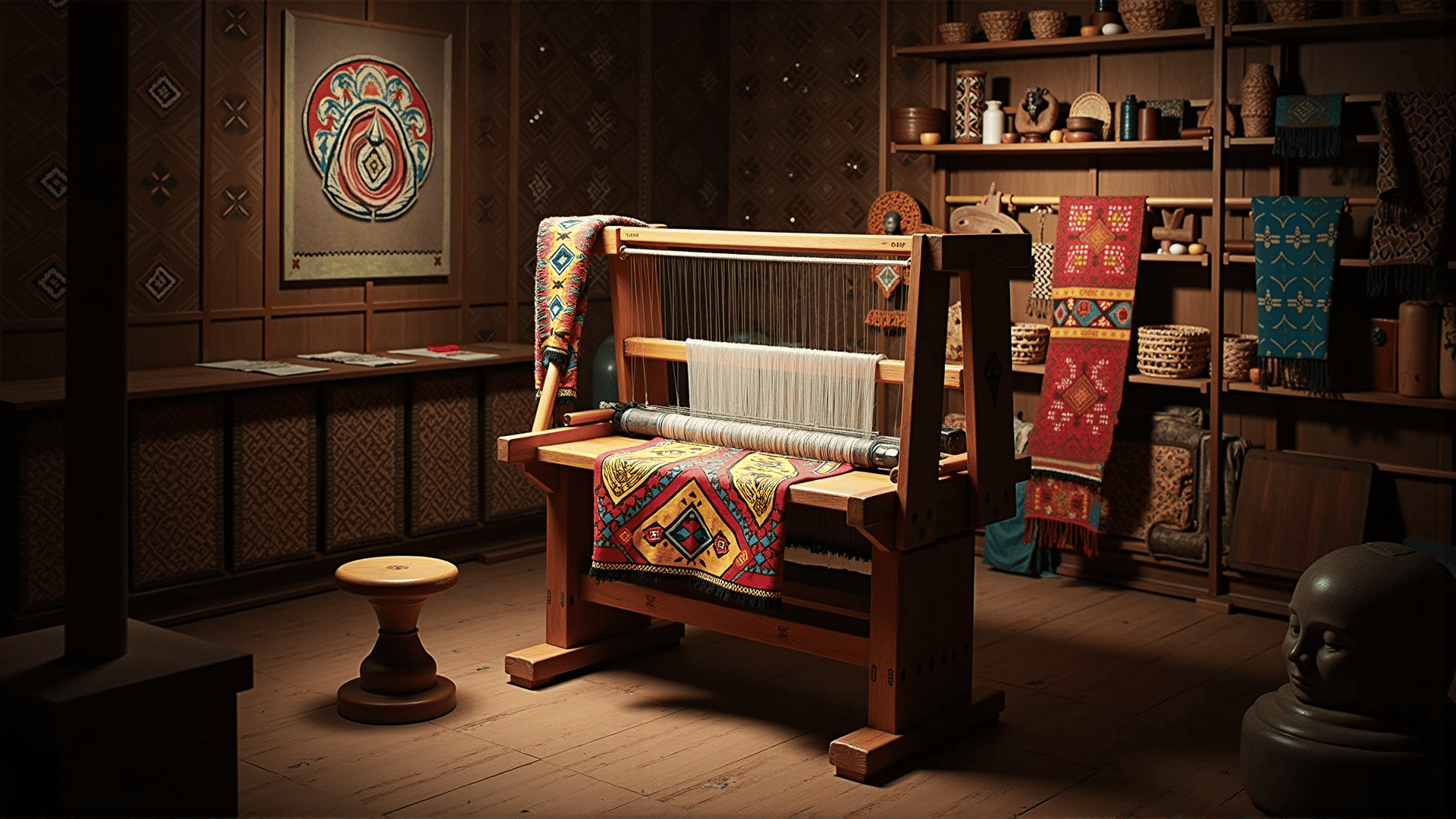
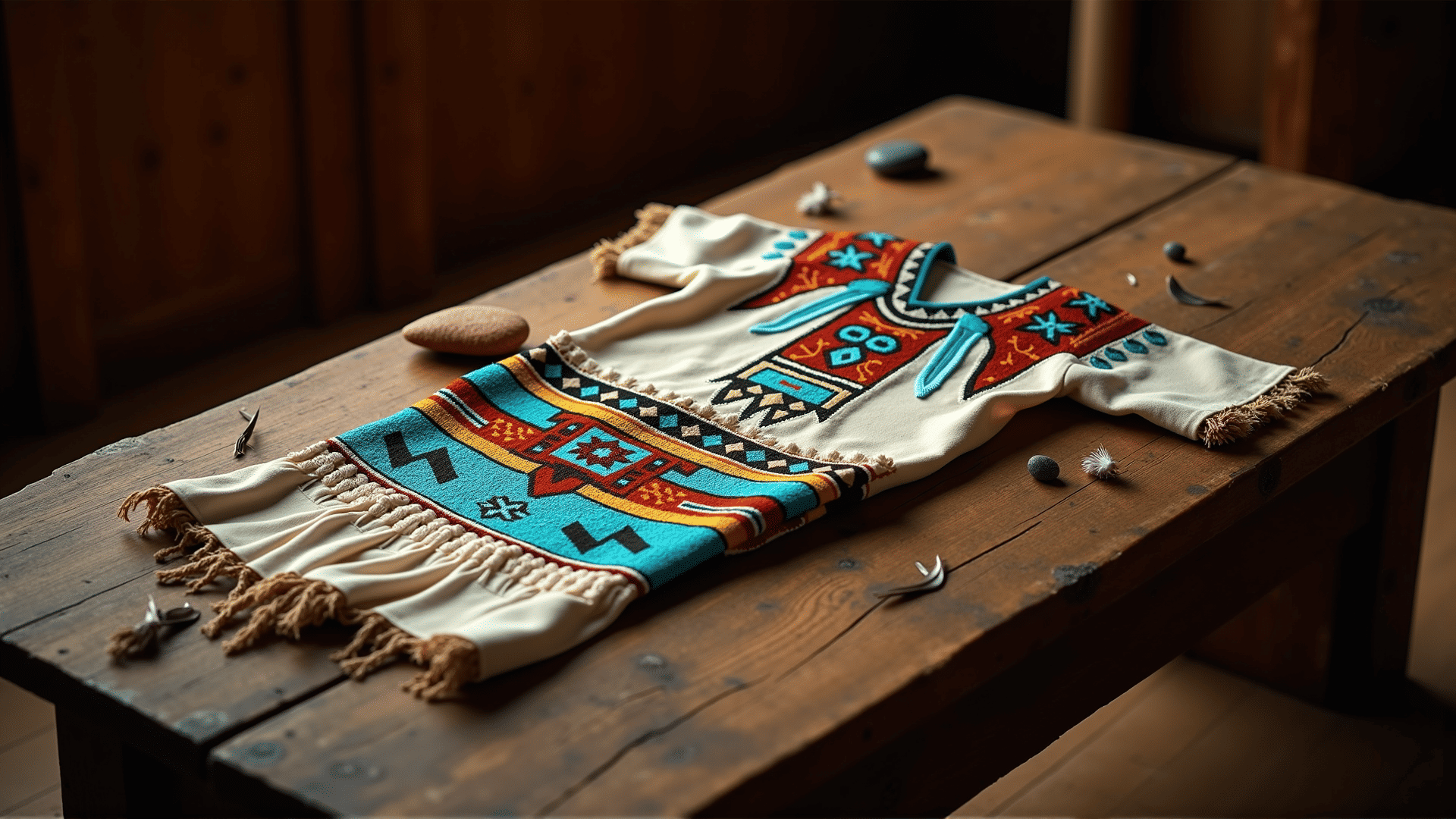
Dive into the intricate world of American fashion history with Textila. Discover the evolution of cultural attire, traditional costumes, and textile arts.
Explore how the sartorial practices of early settlers shaped the foundational layers of American clothing.
Investigate how technological advances in textile manufacturing redefined clothing styles and accessibility.
Analyze the dramatic shifts in style and cultural expression during the roaring '20s and beyond.
Dive into the fascinating world of traditional costumes and their cultural significance in fashion history.
A traditional costume is typically an ensemble of garments, accessories, and adornments worn to signify cultural identity, heritage, and folklore. These costumes are often specific to a region or community and hold significant cultural symbolism, representing the wearer's heritage, rituals, and occasions.
Traditional costumes have profoundly influenced modern fashion by inspiring designers with their unique aesthetics, craftsmanship, and textile arts. Elements like intricate embroidery, vibrant colors, and symbolic motifs often find their way into contemporary clothing lines, highlighting the evolution of fashion through cultural appreciation.
Traditional costumes are important as they preserve the cultural attire and identity of a community, passing down stories, customs, and artistry from one generation to the next. They offer an understanding of a culture's history, values, and ways of life, serving as a living museum of clothing evolution.
Textiles are a vital component of traditional costumes, reflecting the artistry and techniques of textile arts specific to a culture. The choice of fabric, weaving styles, and decoration methods often carry symbolic meaning, contributing to the uniqueness and authenticity of the cultural attire.
Our team is passionate about preserving the rich tapestry of fashion history. Whether you're curious about historical garments, textile arts, or traditional costumes, we're here to share insights and foster a deeper understanding of clothing evolution.
This website uses cookies to ensure you get the best experience. By continuing to browse, you agree to our privacy policy. Learn more about how we protect your data. Read our Privacy Policy